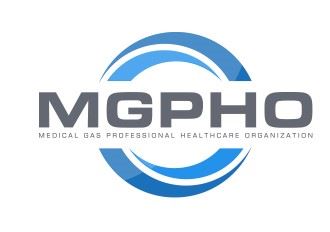My dear friends, I have a consultation for this large and well understood group
The NFPA 99 describes in 5.1.3.6.1 the medicinal air quality
"5.1.3.6.1 * Quality of Medical Air. Medical air shall be required to have the following characteristics:
(1) It shall be supplied from cylinders, bulk containers, or medical air compressor sources, or it shall be reconstituted from oxygen USP and oil-free, dry nitrogen NF. (2) It shall meet the requirements of medical air USP.
(3) It shall have no detectable liquid hydrocarbons.
(4) It shall have less than 25 ppm gaseous hydrocarbons.
(5) It shall have equal to less than 1 mg / m3 (6.85 × 10-7 lb / yd3) of permanent particulates sized 1 micron or larger in the air at normal atmospheric pressure"
Why is one of the most important characteristics, such as the dew point of medicinal air, not described in the medicinal air quality requirements?
If we see the quality of the Instrument Air it indicates that it must have a dew point of -40 ° F, and the code specifies alarm values for a dew point if it exceeds (-22 ° F)
For medical air specifies alarm values when it exceeds + 2 ° C (+ 35 ° F)
In the design of the dryers, it indicates that they must be able to deliver medical air to a dew point below 32 ° F
It is clear that the dew point of medicinal air should never exceed + 2 ° C (+ 35 ° F), however, this is the value at which the alarm is activated not the value set for medicinal air quality
Does anyone know the value established in the pharmacopeia and why does not NFPA 99 establish it?

